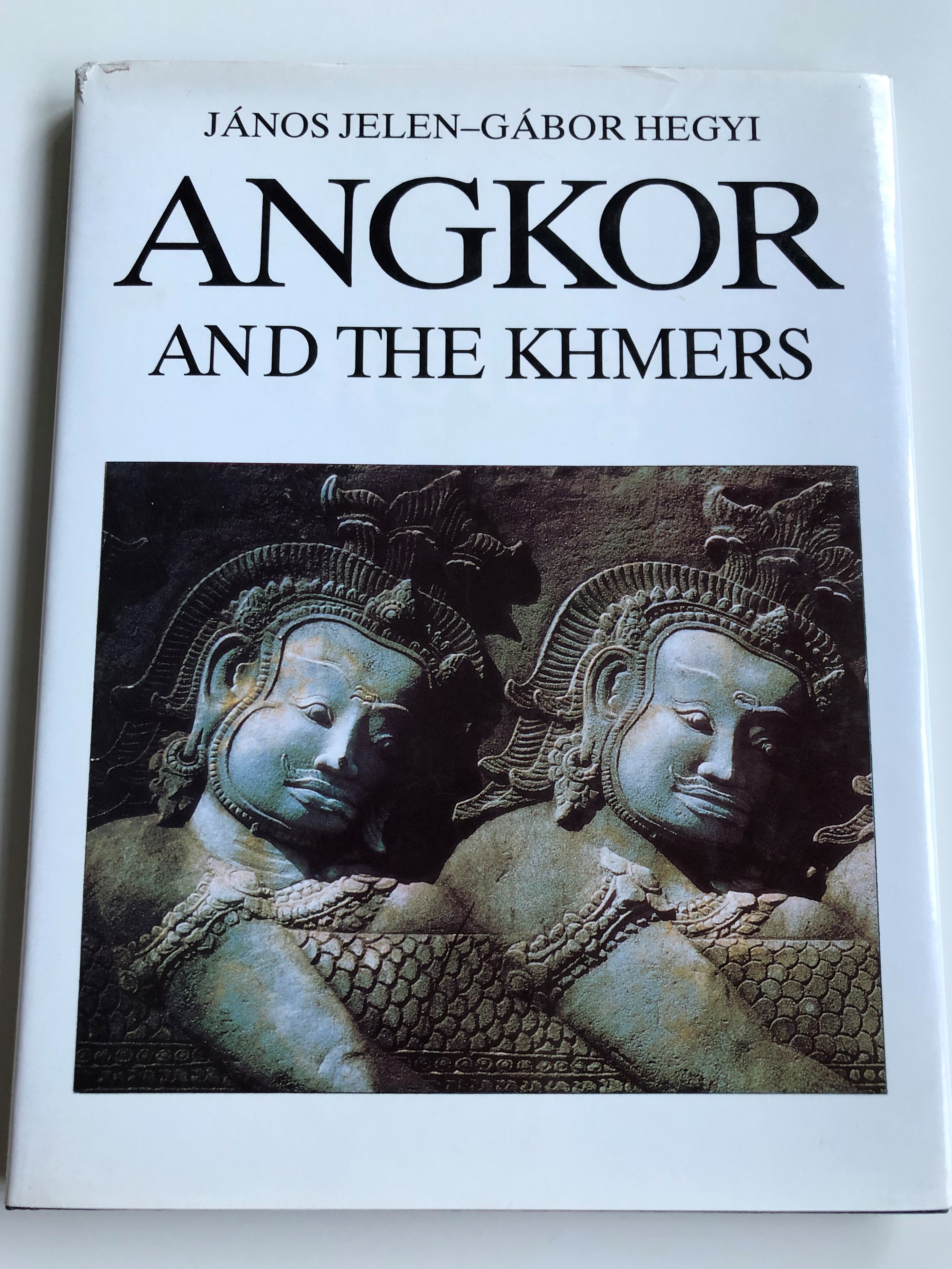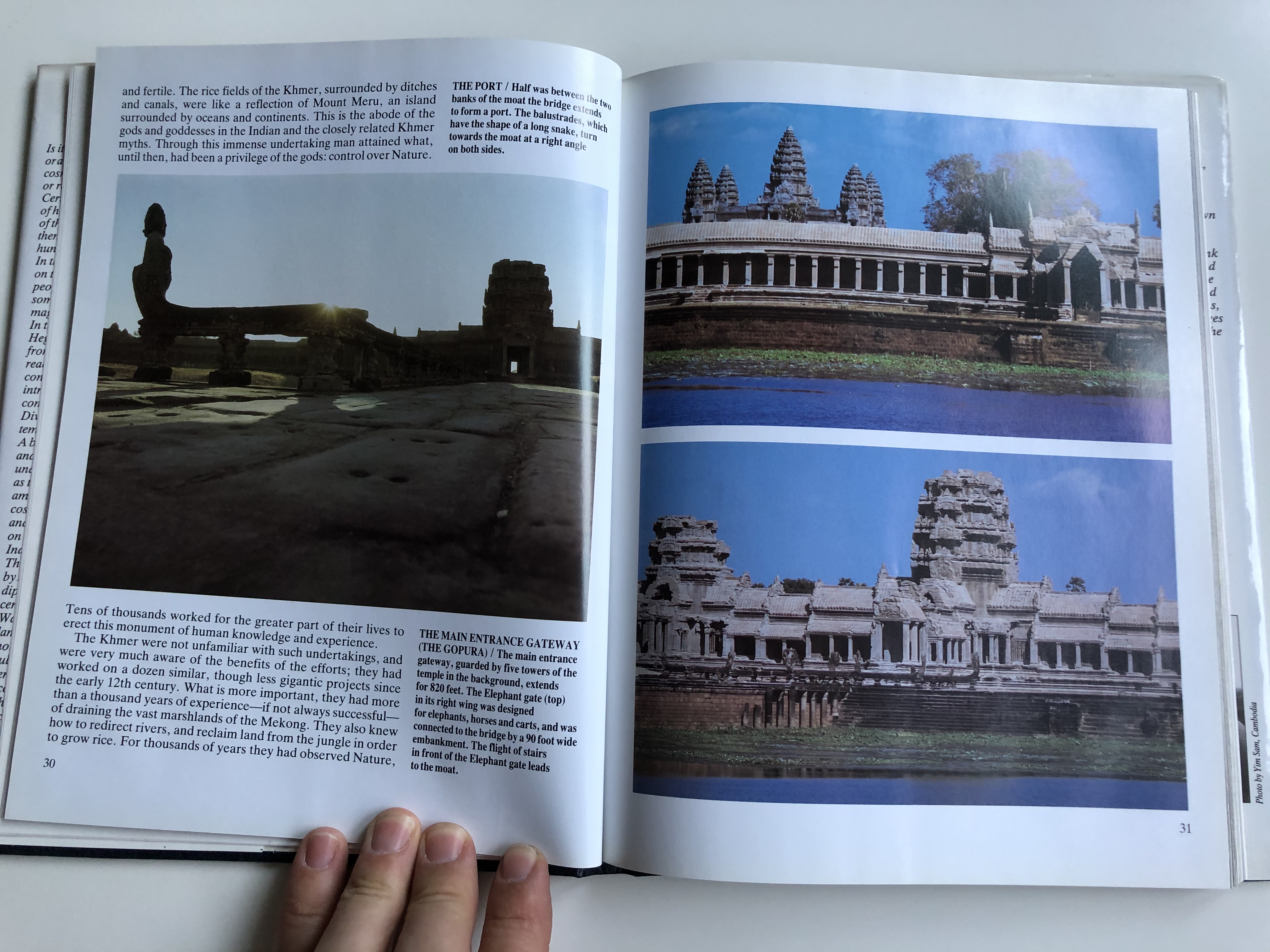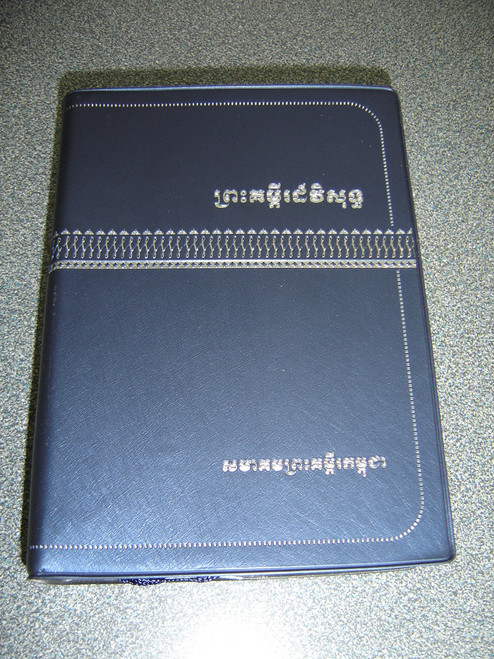Product Overview
Angkor and the Khmers by János Jelen - Gábor Hegyi / Brutality and Grace - Cambodia from 9th to 13th century - An Unknown civilization introducing itself / Gutenberg Publishing 1991 / Hardcover / English edition of Angkor és a khmerek
Hardcover 1991
ISBN: 9789637592058 / 9789637592058
ISBN-10: 9637592059
PAGES: 146
PUBLISHER: Hegyi and Partner Publishing House
LANGUAGE: English / Angol
Hungarian Summary:
A könyv a kambodzsai civilizáció 9-13. századi időszakát mutatja be.
A szerzőpáros színes fotókon keresztül mutatja be a lélegzetelállító Angkor építményt, melynek rendeltetéséről még ma is csak találgatni tudunk.
English Description:
In their introduction János Jelen and Gábor Hegyi present the wonders of Angkor Wat from various aspects. They give the general reader a historical background to the construction of this exceptional building, introducing king Suryavarman II, who commissioned the project, and his chief priest Divakarapandita, the genius architect of the temple-pyramid. A brief description of the contemporary society and the major religious trends helps to understand why Angkor Wat was regarded as the noblest manifestation of the rulers' ambitions.
Angkor (Khmer: អង្គរ pronounced [ʔɑŋ.ˈkɔː], lit. capital city, also known as Yasodharapura (Khmer: យសោធរបុរៈ; Sanskrit: यशोधरपुर)) was the capital city of the Khmer Empire. The city and empire flourished from approximately the 9th to the 15th centuries. The city houses the magnificent Angkor Wat, one of Cambodia's most popular tourist attractions.
The word Angkor is derived from the Sanskrit nagara (नगर), meaning "city". The Angkorian period began in AD 802, when the Khmer Hindu monarch Jayavarman II declared himself a "universal monarch" and "god-king", and lasted until the late 14th century, first falling under Ayutthayan suzerainty in 1351. A Khmer rebellion against Siamese authority resulted in the 1431 sacking of Angkor by Ayutthaya, causing its population to migrate south to Longvek.
The ruins of Angkor are located amid forests and farmland north of the Great Lake (Tonlé Sap) and south of the Kulen Hills, near modern-day Siem Reap city (13°24′N, 103°51′E), in Siem Reap Province. The temples of the Angkor area number over one thousand, ranging in scale from nondescript piles of brick rubble scattered through rice fields to the Angkor Wat, said to be the world's largest single religious monument. Many of the temples at Angkor have been restored, and together, they comprise the most significant site of Khmer architecture. Visitors approach two million annually, and the entire expanse, including Angkor Wat and Angkor Thom is collectively protected as a UNESCO World Heritage Site. The popularity of the site among tourists presents multiple challenges to the preservation of the ruins.




























